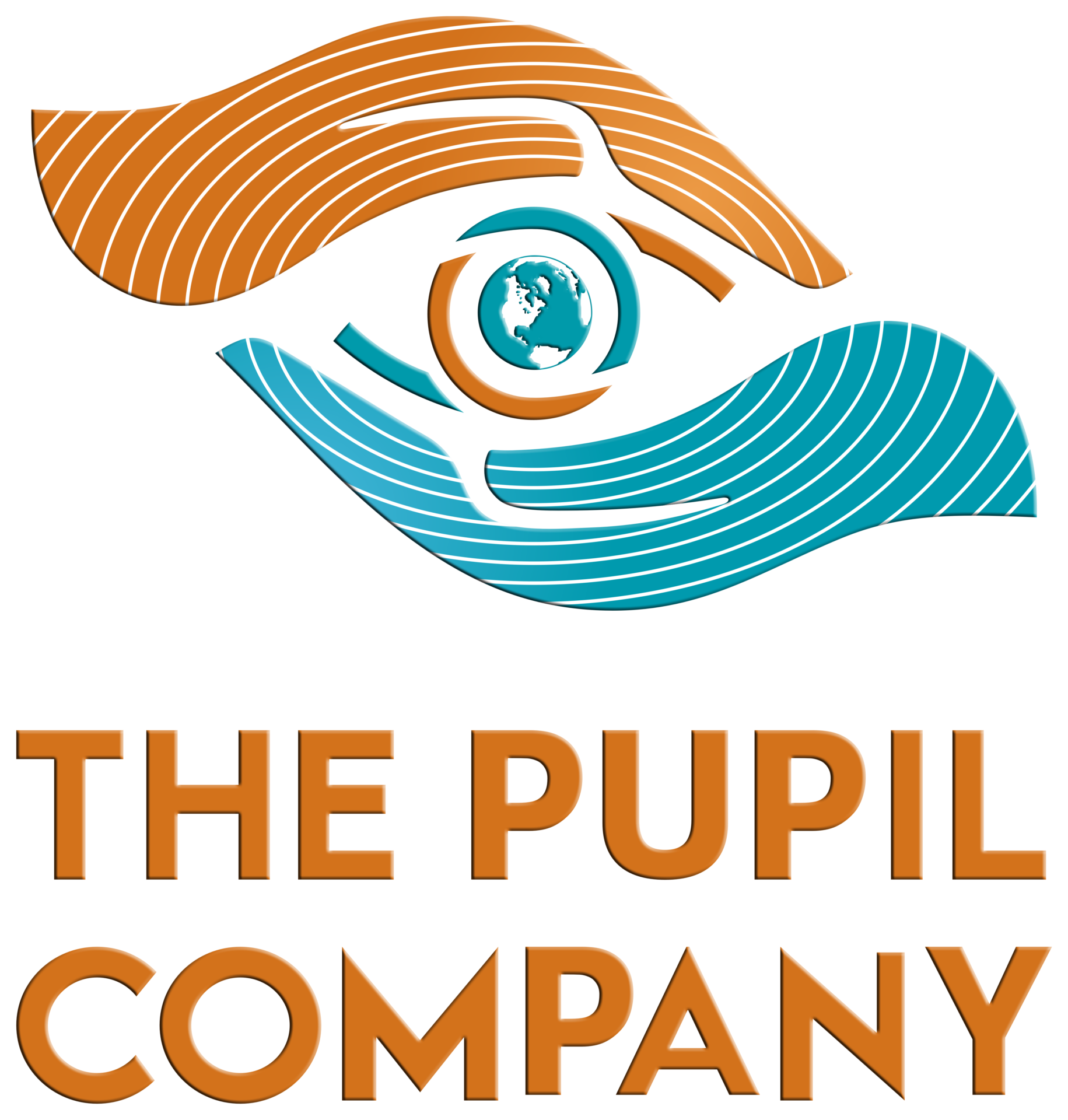In the ever-evolving landscape of education, the advent of technology has brought about transformative changes in how we approach teaching and learning. Among these changes, blended learning has emerged as a powerful and versatile methodology, seamlessly integrating traditional classroom instruction with the flexibility and innovation of online learning.
Blended learning, also known as hybrid learning, seeks to combine the strengths of face-to-face instruction with the opportunities afforded by digital technologies. This dynamic approach recognizes that students have diverse learning preferences, and as such, a one-size-fits-all model may not be optimal for fostering comprehensive understanding and engagement.
One of the primary advantages of blended learning lies in its ability to cater to individual learning styles. Traditional classroom settings may not adequately address the varied needs of students, as some thrive in interactive group discussions while others benefit more from self-paced, independent learning. Blended learning accommodates these differences by offering a mix of in-person sessions and online resources, providing students the flexibility to choose the mode of learning that aligns with their preferences.
Furthermore, the integration of technology in blended learning opens up new avenues for interactive and multimedia-rich content. My research has consistently shown that incorporating diverse multimedia elements, such as videos, simulations, and interactive modules, enhances the depth and breadth of the learning experience. Blended learning allows educators to seamlessly integrate these digital tools into their teaching methods, fostering a more engaging and immersive learning environment.
Blended learning is not merely a juxtaposition of traditional and digital methods; it is a strategic fusion designed to optimize the benefits of each. In my research, I have found that the combination of face-to-face interactions and online activities creates a symbiotic relationship that reinforces learning outcomes. For instance, in a traditional classroom session, students can engage in discussions and collaborative activities, leveraging the benefits of social learning. Subsequently, they can access online resources to review and reinforce concepts, ensuring a well-rounded understanding.
The flexibility inherent in blended learning is particularly advantageous in addressing the challenges of our fast-paced, technology-driven society. Students, whether pursuing education at the primary, secondary, or tertiary level, often juggle multiple commitments. Blended learning acknowledges these demands by providing access to educational materials anytime, anywhere. This accessibility not only caters to the needs of a diverse student body but also promotes lifelong learning, a critical skill in the contemporary knowledge economy.
Moreover, my research indicates that the implementation of blended learning fosters a sense of autonomy and responsibility among students. The online components encourage self-directed learning, honing skills that are increasingly vital in the professional realm. By navigating digital resources and managing their own progress, students develop a level of independence that prepares them for the challenges of higher education and the workforce.
In conclusion, my research underscores the pivotal role of blended learning in shaping the future of education. Its ability to cater to diverse learning styles, provide multimedia-rich content, and foster flexibility and autonomy positions blended learning as a cornerstone in educational innovation. By embracing this dynamic approach, educators can create learning environments that are not only effective but also adaptive to the evolving needs of students in the 21st century.
